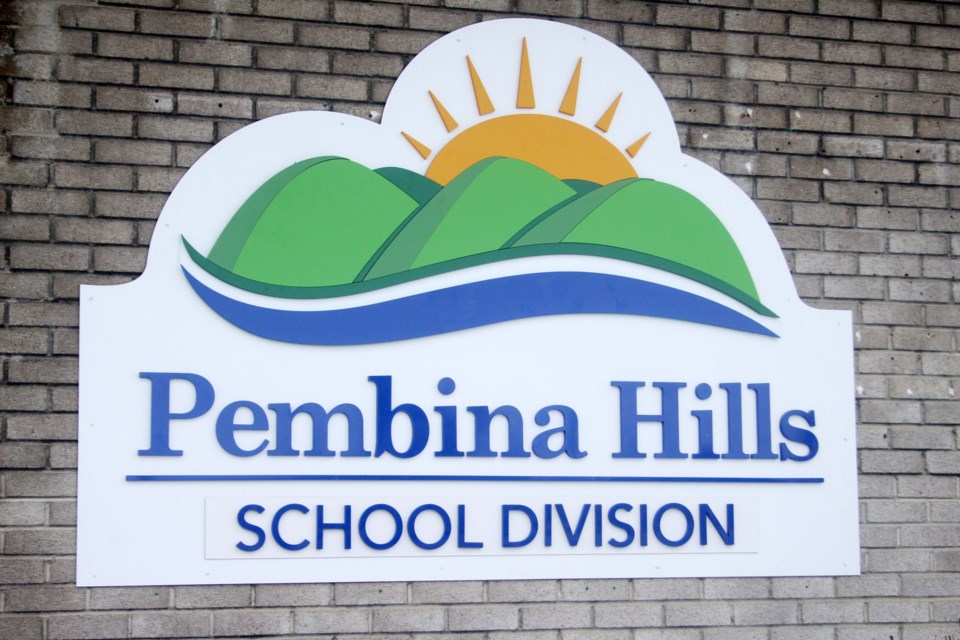With a new K-6 curriculum on the horizon and no compelling reason to change them, Pembina Hills trustees recently opted to stick with the three main Strategic Priorities within the division’s three-year Education Plan: improving student-staff relationships, literacy and numeracy, and support for staff.
Trustees passed a motion at their March 16 meeting approving the Strategic Priorities following a presentation by director of education services Raime Drake.
As noted in a report to the school board, Pembina Hills annually prepares a rolling three-year education plan “to chart a course for the way education will be delivered within the division.”
This plan includes a range of foundation statements and strategic priorities, as well as a series of measures, strategies and outcomes to achieve those priorities.
While she joined the education services team in February, Drake noted that this process actually began in December with the annual Satisfaction Survey being conducted amongst parents.
In January, teachers and program assistants — the folks who are actually working with students — are surveyed about the education plan strategic goals.
“We just wanted to gain a different perspective, so that’s a different set of questions,” said Drake.
They also have principals reach out at the school level to students. That process looks very different depending on whether it’s an elementary, junior high or high school, Drake said, adding that every principal has their own methods for gathering student feedback.
Principals also meet with school councils, while the board itself gathers feedback from municipalities and provincial representatives.
Drake said those meetings could actually be conducted face-to-face this year due to the easing of the COVID pandemic, which allowed for a broader consultation.
“That has informed and will inform priorities and strategies moving forward,” she added.
All that information gets collated around the end of January and is shared with principals and senior administrators.
For two days in February, trustees gather together with school and system leaders to discuss all of the information gathered from these groups.
Drake noted that some consultants joined in on those workshops, which were conducted on Feb. 15 and Feb. 22 this year, and it was their job to sift through all that data and lead some “very focused conversations.”
In the end, after looking at all the data and recognizing that the province will begin introducing parts of the new K-6 curriculum this fall, it was determined that the current three strategic priorities — improving student-staff relationships, literacy and numeracy, and support for staff — should remain the same.
“The current path that we’re on is a good path,” Drake said. “We don’t want to divert from that.”
She noted that some of the strategies to achieve those priorities will change, though those changes will be set once the division receives its funding manual from the province.
Once the complete Education Plan is approved by the Pembina Hills board, it will be submitted to Alberta Education.
Board chair Judy Lefebvre asked if there was anything in the data that indicated the strategic priorities should change, but Drake indicated that was not the case.
“We had big discussions about what is coming for curriculum. All of those discussions supported the three priorities,” she said.



